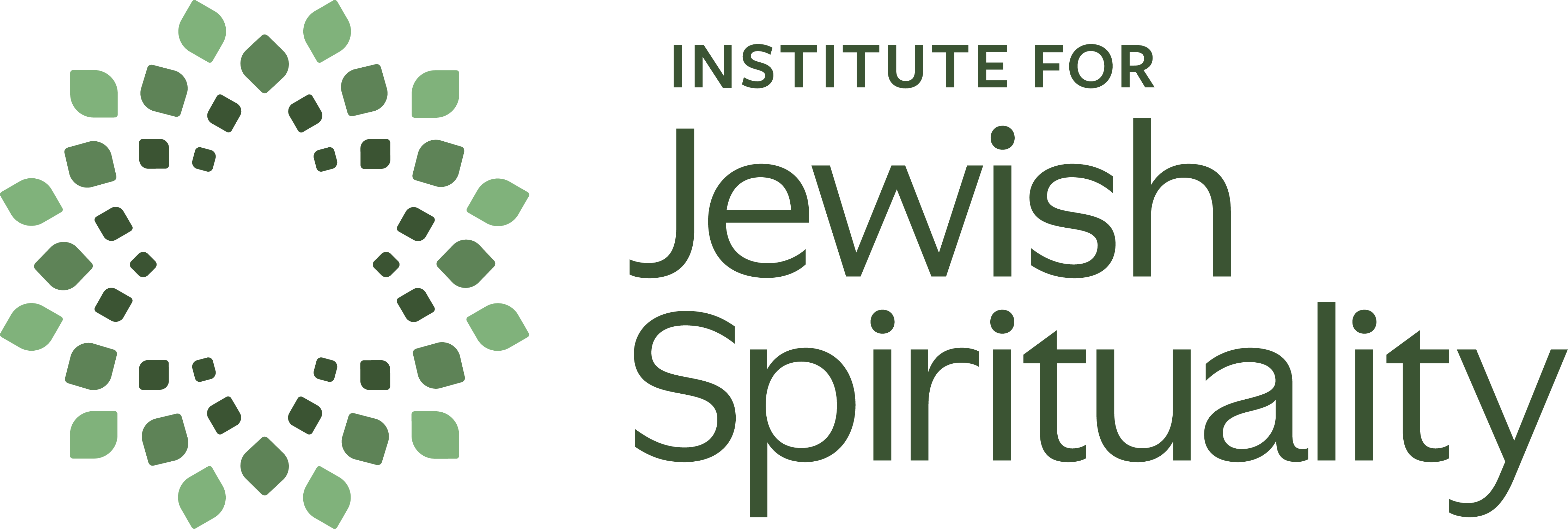
Earlier this year, my youngest son, Toby, and I watched The Lord of the Rings trilogy together. He is a fantasy genre lover, and, true to form, fell in love with the story of Frodo Baggins’s long journey to Mount Doom, his struggle to carry the Ring of Power along the way, and his mission to throw the ring into the lava inside the mountain and destroy the ring once and for all.
Of course, Frodo doesn’t do this alone. He has the help and support of a whole fellowship (the titular “Fellowship of the Ring” of the first of the three books/films). And in particular, he has the help of his closest friend, Sam, who is always looking out for him. In the climactic scene of the film, Frodo stands inside the volcano, holding the ring out over the lava. All he has to do is drop it. But the Ring of Power, as it has done throughout his journey, beckons him with a seductive call, and he can’t manage to do this one simple final act—the act that will stop a war and save the world. Sam calls out, “Just let it go!” But Frodo can’t.
In case you haven’t seen it, I won’t spoil what happens next. Suffice it to say the ring does ultimately wind up in the lava—but Frodo is left hanging from a rock above the molten lava, clinging on for dear life. He has no strength left. His mission is accomplished. He contemplates letting his life end. But Sam reaches out to him and, in the first words spoken since his last exhortation, he now says, “Don’t you let go!”
I had never noticed this parallelism before, the “Just let it go” and “Don’t you let go” of Sam in this scene. But it struck a deep chord in me on this viewing and I’ve been coming back to it frequently in the months since. Because it encapsulates so simply one of the fundamental discernments we constantly have to make: When do we hold on? And when do we let go?
On deep level, human development can be summarized as living these two questions: From the holding on/clinging that characterizes the relationship between a parent and an infant, to the letting go that happens at the moment of death, grief, and mourning. Like a heartbeat, the stages in between are full of grasping and relaxing, closing and opening our grip, in real and metaphorical ways: in relation to people, things, places, ideas, identities. What do we hold on to? What do we let go? The question pulsates, returning again and again.
One of my favorite prayers in the Yom Kippur liturgy comes in the evening service: Ki Hinei kaChomer, “Like Simple Clay.” The poem, from 12th century France, compares the Jews gathered to pray to raw material in the hands of various tradespeople: clay in the hands of the potter, uncut stone in the hands of the mason, silver in the hands of the smith, etc. The craftsperson chooses what to do: to shape gently, to stretch and mold, to smash, to melt, to crush. “So too are we in Your hand,” the poem says of the Holy One, with a plea to “look to Your Covenant,” remember our relationship, and not give in to baser inclinations.
Many folks, including, most likely, the author of the poem, understand the theology here as something roughly like, “We deserve to be destroyed, but please forgive us and let us live.” If that works for you, abi gezunt as we might say in Yiddish—great! I’ll confess that it doesn’t work so well for me and, if you’re reading this, I expect it might not work so well for you either. So let me offer another way to read it, influenced by the example of Sam and Frodo.
It is not only the Holy One who is the potter holding clay or the ship captain steering the rudder. We are also those people. In every moment, we hold in our hands the raw material of life: our breath, our awareness, our presence. When we “look to the Covenant” and remember the virtues of lovingkindness and compassion—the essence of the 13 Attributes of Mercy which form the core of Yom Kippur—we have the opportunity to adjust our grip: To loosen it where we are holding too tightly, to strengthen it where it has become slack. That invitation/demand is available in every moment, with every breath. It is even more available on Shabbat. And it is especially available on Yom Kippur, Shabbat Shabbaton—an ultimate Shabbat in which we set aside the cares of the world for a day and so that we may abide in our individual and collective presence, and the Divine Presence.
My blessing and prayer for you and all of us, then, is that Yom Kippur be a moment–or, really, a long series of moments–of letting go of what needs to be let go, and holding on to what needs holding. May we emerge from this day rebalanced and renewed in our embrace of life, the world, one another, and the Divine Presence.
